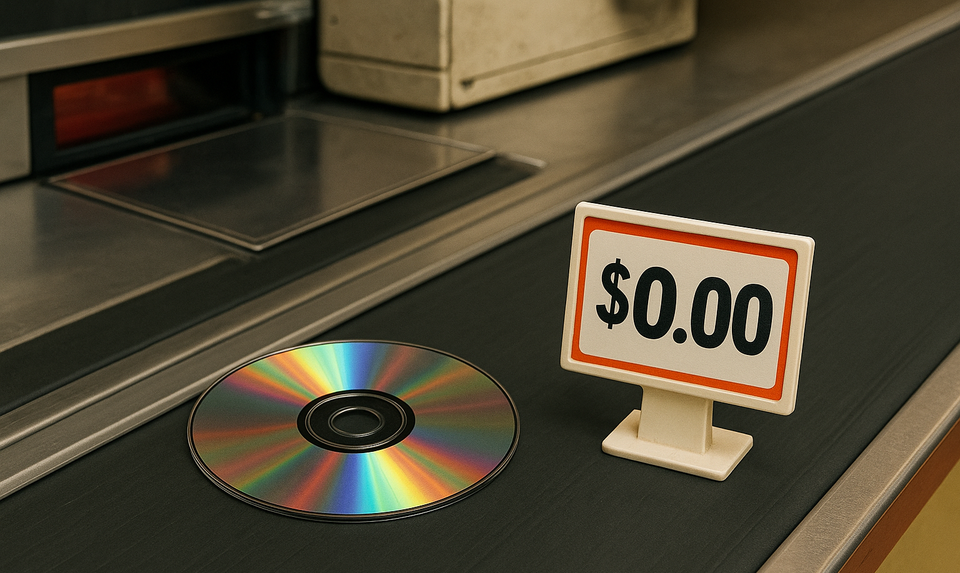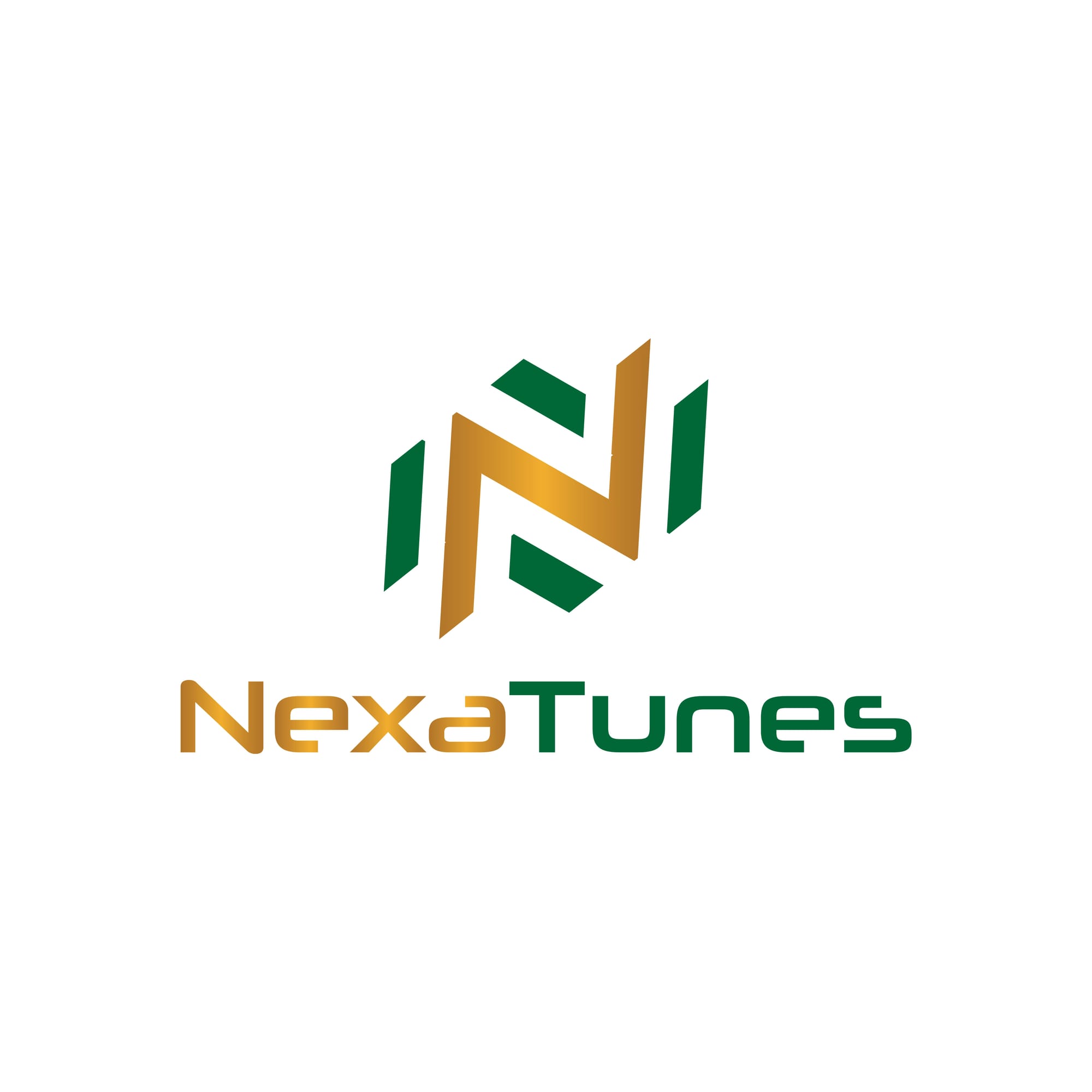Spotify’s Shifting Royalty Landscape: What Indie Artists Should Know in 2025

Introduction
In 2025, Spotify still dominates global music streaming—but for independent artists and digital labels, its evolving structure demands new strategies. While the platform’s reach is undeniable, the way it rewards content is undergoing fundamental change.
Three developments in particular are shaping the new reality: the enforcement of a 1,000-streams payout threshold, the continued rollout of Discovery Mode, and a shift toward new subscription models. These changes reveal a broader trend: Spotify is optimizing its platform for profitability—sometimes at the expense of independent visibility.
Here’s a closer look at what’s changing—and how it affects the strategies of artists and digital labels.
1. The 1,000-Streams Rule: A New Threshold for Monetization
In an effort to streamline payments and focus revenue on “actively consumed” music, Spotify now only pays royalties on tracks that achieve at least 1,000 streams per year. The decision was introduced in late 2023 and took full effect in 2024.
According to Spotify, the goal is to reduce fraudulent activity and low-value payouts. In practice, however, this move cut off revenue for a vast portion of independent artists, particularly those in niche or emerging markets.
Estimated impact: 87% of all tracks on the platform fell below the threshold in 2024, resulting in a loss of over $47 million USD in unpaid royalties for the long tail of creators.
Sources: Spotify for Artists (Blog, Nov 2023); Market analysis based on Luminate data (2024)
This change raises critical questions:
Is Spotify quietly shifting toward a major-label-first ecosystem? Or is it simply modernizing its payout structure to reflect audience demand?
For independent labels and artists, the key takeaway is simple: catalog strategy matters. Releases that rely on slow organic growth or back-catalog trickles may no longer be financially viable—at least not on Spotify.
2. Discovery Mode: Visibility at a Cost
Discovery Mode, Spotify’s algorithmic promotion feature, continues to expand. The tool allows rights holders to opt into lower per-stream royalties in exchange for increased algorithmic reach, particularly through personalized radio and autoplay placements.
On paper, it sounds like a democratized promotional tool. But the actual implementation is more complex.
Independent creators often enter Discovery Mode with high hopes—and exit with low returns. The feature is opaque, non-guaranteed, and increasingly seen as a digital form of pay-to-play, where visibility is traded for undervalued streams.
In practice, Discovery Mode often results in per-stream payouts dropping below $0.002—sometimes even below $0.001 depending on usage.
Critics have drawn comparisons to the historical “payola” model, especially as larger rights holders can scale usage across hundreds of tracks with minimal downside.
That said, some artists have seen measurable results when using Discovery Mode strategically—for example, during a pre-release week or when reactivating a back-catalog item.
The key? Use it as a tool—not a default setting.
3. Spotify’s Deal with Warner Music and New Subscription Tiers
In February 2025, Spotify announced a multi-year agreement with Warner Music Group (WMG) aimed at enhancing the music streaming experience. This deal includes plans to deliver new fan experiences, expand the music and video catalog, and introduce additional paid subscription tiers with differentiated content bundles.
One of the anticipated offerings is the “Music Pro” tier, a super-premium subscription designed for superfans. This tier is expected to provide features such as HiFi lossless audio, early access to concert tickets, and AI-powered remix tools. The additional cost for this tier is projected to be around $5.99 per month on top of the existing Premium subscription.
Potential Impact on Artist Payouts
While these new features could increase the average revenue per user, there are concerns about how they might affect artist payouts. If certain streams are tied to locked or exclusive content within higher subscription tiers, it could lead to fragmented payouts. This means that artists might receive different compensation rates depending on the tier through which their content is accessed.
Such a model could complicate the royalty distribution system and potentially disadvantage artists whose content is primarily consumed through standard tiers.
Will artists benefit from these superfans—or will platforms capture most of the upside, while creators navigate a more fragmented income structure?
Final Thoughts: Platform Reach vs. Platform Dependence
Spotify’s changes reflect a platform under pressure to turn profit, reduce fraud, and serve shareholders. It’s not a moral judgment—it’s a business decision.
But for independent creators, these shifts require a clearer understanding of where Spotify fits into their release strategy.
- Continue to use Spotify for visibility—but don’t rely on it alone.
- Build a presence on platforms with fairer royalty models (e.g., Apple Music, YouTube Music, Beatport).
- Focus on quality releases, smart catalog structuring, and ownership of audience data outside the DSP ecosystem.
Spotify is still the global stage.
But you don’t want to be just one voice in its algorithm.
📚 Sources
- Spotify Newsroom: Warner Music Group and Spotify Announce a New Multi-Year Agreement
- Music Business Worldwide: Spotify to launch ‘Music Pro’ service with superfan perks
- TechCrunch: Spotify and Warner Music Group sign new deal to help deliver ‘further paid subscription tiers’
- Spotify for Artists (Blog, Nov 2023)
- Market analysis based on Luminate data (2024)
View all articles about Spotify
NexaTunes – structured support for independent releases.
Get in touch for more information using our livechat
